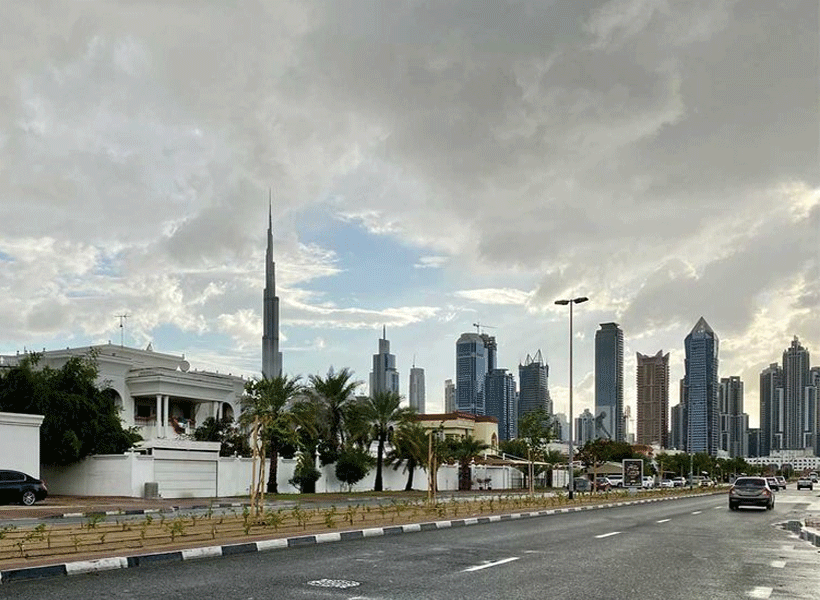
Driving in the lousy weather of the United Arab Emirates is usually associated with fog, rain, or sandstorms. These low visibility and slippery roads are typical to each year. The accumulation we suffer is typically a chain reaction. An accident occurs, sometimes just a small mudguard plate bending machine, and due to lack of proper distance, lack of attention, or too fast. An unsettled period of weather has been forecast in the UAE as winter sets in. When cloudy skies turn into heavy rainstorms, the roads become rather dangerous. When it rains, it usually causes large amounts of standing water in the streets. With most motorists used to dry conditions, unsurprisingly, they find controlling their vehicles a challenge, so we hope the following safety tips help you get around safely if you’re caught in a downpour over the next few days.
How to drive right:
- Increase the distance from a good 3 seconds to a distance of at least five seconds-you must be able to stop in the visible range!
- Turn on the lights: near bald lights, front and rear fog lights (no danger lights!)
- As the road is wet or slippery, please consider a longer braking distance
- When it rains, please reduce your speed to avoid water skiing
- Use windshield wipers properly (and maintain them properly!)
- Concentrate and don’t get distracted by passengers, phones or other things
- Listen to the radio for traffic updates.
- Caring for others, especially those with reduced mobility, such as motorcyclists, cyclists, and pedestrians
- Keep your passengers alert and watch for oncoming cars and obstacles
- Stay in your own lane and don’t drift-when visibility gets worse, there is a natural tendency to hover in the middle of the road.
- Use the right edge of the road as a guide-this will help you avoid situations where you are approaching or obstructed by the headlights.
- If you can’t see it, stop at the roadside and turn on the danger lights to remind other drivers where you are or drive into a gas station or rest area.
- Plan your trip well and leave early or try to stay on the road as little as possible.
Watch out for the following things;
- Do not use hazard lights (they are used in standing cars in emergency situations).
- Do not use the rear fog light in the standard field of view, because the rear fog light may blind the following driver, and the rear fog light may make your brake lights too large, so the next driver may not see you braking.
- Keep away from areas usually affected by bad weather, such as Wadis. If it rains, avoid low road networks such as underground passages.
